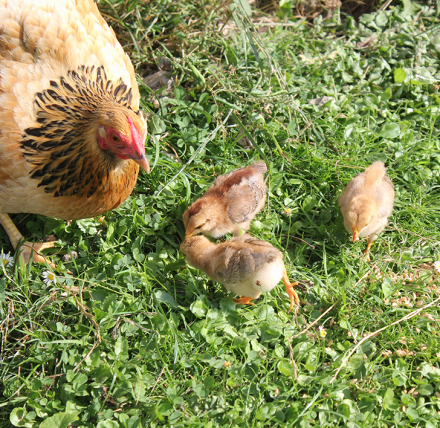


Crofting Law and Succession – how to administer an estate involving a Crofting Tenancy
INSIGHTS
Crofting law is a very specialist area and careful succession planning is required by anyone who wishes to bequeath a crofting tenancy. Furthermore, relatively strict procedures must be followed by those who are inheriting.
A one-year deadline
If a deceased person bequeaths their tenancy to a named individual, the Legatee (or the Executor if authorised) must give notice of the bequest to the landlord of the croft. The Crofting Commission, the regulatory body for crofts in Scotland, must also be notified. Crucially, there is a one-year deadline for completing this notification process, commencing from the date of the crofter’s death. Otherwise, the bequest will be null and void, and the tenancy will fall to be dealt with by the law of intestacy. There is no scope to extend this 12-month deadline.
It is important to note that if the estate is intestate, the Executor cannot transfer the tenancy without having obtained Confirmation in the deceased’s estate. If the bequest is written in a Will, however, Confirmation is not absolutely required, although it is preferable to include the tenancy within the Confirmation Application if it is being applied for incidentally.
A Notification of Bequest Form should be used to notify the landlord and the Commission of the bequest, and various details are required including the Registers of Scotland Register Number and the Main Location Code. With any luck, either the Executor or Legatee will have these details.
Registration of the croft
Thereafter, the Crofting Commission will advise whether or not the croft will need to be registered on the Crofting Register, which is managed by the Keeper of the Registers of Scotland. This is a crucial part of the process, as the Legatee will only be recognised as the legal tenant of the croft (backdated to the date of the testator’s death) once the croft is registered in the Crofting Register.
So what is the process for registration in the Crofting Register? Well, Registers of Scotland request a Plan highlighting the exact boundaries of the croft, and this should accompany the relevant Form A together with a £90 admin fee per application. The Form A must include details of the tenant, the landlord and any neighbouring or adjoining landowners, and should be submitted with any supporting documentation such as Decrofting Directions or Apportionment Orders.
Get in touch
Overall, the process is quite technical and requires a lot of information. Should you wish further advice on bequests of crofting tenancies, or on crofting law more generally, our private client and crofting law specialists will be happy to help.
For more information please contact us using the details below:
The small print: This blog is for information purposes only and should not be construed in any way as providing legal advice.
About the author
RELATED
Agriculture, land & estates
Land Reform (Scotland) Bill: What are your rights when your landlord wants to grant options for renewable energy development?
Agriculture, land & estates
‘Getting one’s ducks in a row’: What are the benefits of voluntary land registration for your farm?
Agriculture, land & estates
What are the potential ramifications of not having a Partnership Agreement?
Estate planning
“Willie’s Law” – A change in law with regard to capacity?
Crofting
Crofting Law and Family Law in Shetland
Crofting
Woodland, peatland and a low carbon crofting future?
Wills, trusts & estates
How do you locate assets when dealing with an estate?
Wills, trusts & estates
Can my Will be challenged after I die?
CONTACT US
Call us for free on 0330 912 0294 or complete our online form below for legal advice or to arrange a call back.